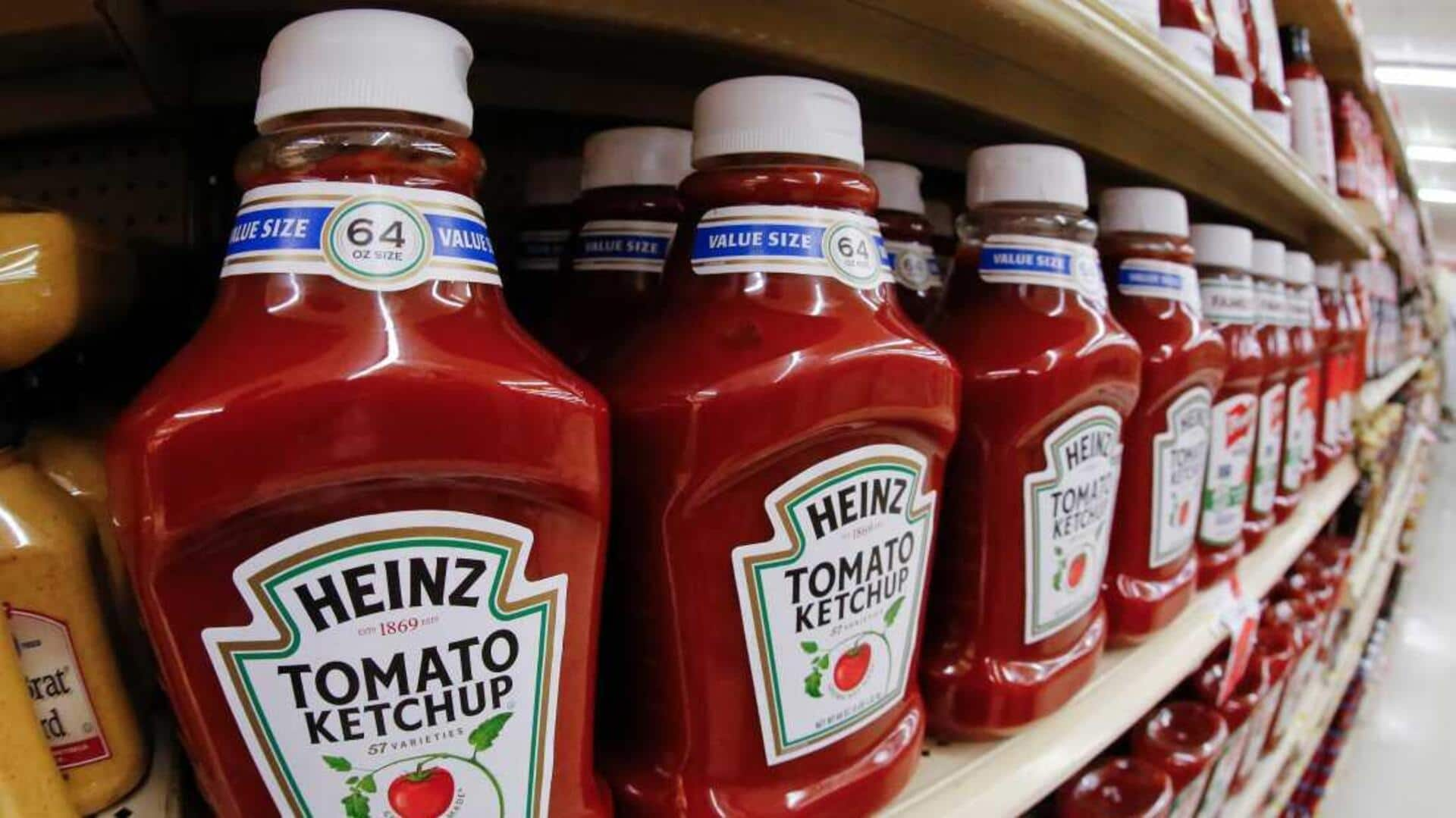
Kraft Heinz to split into 2 companies amid sales slump
What's the story
Kraft Heinz, the US packaged food giant, has announced its decision to split into two separate publicly traded companies. The move comes as part of an effort to revitalize growth after years of stagnant sales. One firm will focus on sauces and spreads such as Heinz ketchup and Kraft Mac & Cheese, while the other will handle grocery goods like Oscar Mayer hotdogs and Lunchables.
Merger dissolution
End of decade-old merger
The split also ends the decade-long merger between H.J. Heinz Co and Kraft Foods Group, which was formed with the support of Warren Buffett's Berkshire Hathaway and Brazilian private equity firm 3G Capital. The merger created a $45 billion packaged food giant but has since been challenged by changing consumer preferences toward healthier, less-processed foods and inflation-induced cutbacks.
Business focus
Two distinct entities
The split will create two distinct entities: one focusing on sauces and boxed meals, which generated $15.4 billion in sales last year, and the other on grocery products, with an annual revenue of about $10.4 billion. The grocery unit will be led by Kraft Heinz's current CEO Carlos Abrams-Rivera while potential candidates for the sauces unit's CEO are being sought.
Operational hurdles
Need for effective capital allocation
Miguel Patricio, executive chair of the Kraft Heinz board, acknowledged that while their brands are iconic and beloved, the complexity of their current structure makes it difficult to allocate capital effectively. He said this also hampers prioritization of initiatives and scaling in promising areas. The company had previously hinted at potential mergers and acquisitions to enhance shareholder value.
Future plans
Tax-free spinoff expected by late 2026
The tax-free spinoff is expected to be completed by the second half of 2026. The names for the new companies are yet to be revealed. Despite the announcement, shares of Kraft Heinz remained largely unchanged in premarket trading. Over the past year, however, its stock has lost about 21% of its value amid changing food trends and rising costs.